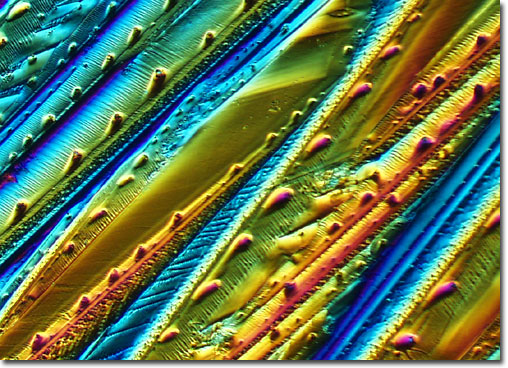Coumesterol

View a second image of coumesterol.
|
Coumesterol is one of several isoflavone coumarin derivatives found in most legumes (a plant family), but especially soybeans. Research suggests that coumesterol, a phytoestrogen, may act as a natural cancer preventative, inhibiting the growth and spread of cancer cells. Coupled with epidemiological studies, which suggest a strong cancer preventative effect of high soy diets, coumesterol is being scrutinized for potential anti-neoplastic activity. In Asia, soybeans (Glycine max) have been cultivated as a food crop for over five thousand years. Although the origins of the plant are obscure, many botanists believe it was derived from Glycine ussuriensis, a legume family member native to central China. Today, soy plants are cultivated around the world, with the United States being one of the leading producers. While soy still serves as a valuable source of protein for millions of people in Asia, over 90% of the soy crop grown in the United States is used to feed livestock. Isoflavones are multipurpose compounds that have several functions in the soy plant. They contribute color to the soybean, offer protection to the plant against bacterial and fungal infections, and serve a hormone-like role (a phytoestrogen) in plant cell regulation. Scientists are discovering that when people eat soy products, such as tofu and soymilk, isoflavones and their derivatives produce health benefits in addition to nutritional values. Research suggests that soy isoflavones benefit humans in four ways: as estrogens and antiestrogens, as cancer-enzyme inhibitors, as antioxidants, and as immune system enhancers or stimulants. |
© 1995-2025 by Michael W. Davidson and The Florida State University. All Rights Reserved. No images, graphics, software, scripts, or applets may be reproduced or used in any manner without permission from the copyright holders. Use of this website means you agree to all of the Legal Terms and Conditions set forth by the owners.
This website is maintained by our
|